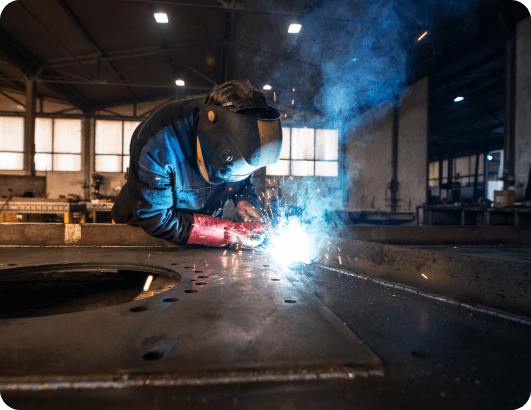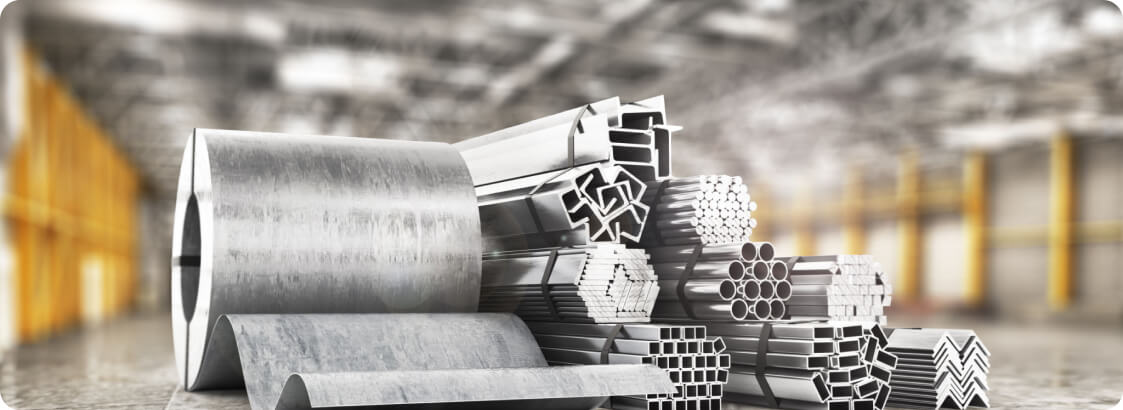New Technologies in Metallurgy
The metallurgy industry is undergoing a revolution thanks to technological advancements transforming production methods. Tools such as laser cutting, 3D printing, and automation allow for greater precision while reducing manufacturing times. These innovations make processes faster, more efficient, and flexible, meeting the growing demand for customized solutions. Furthermore, these new technologies promote optimized resource usage, reducing waste and enhancing product sustainability. Metallurgy companies that embrace these technologies are positioning themselves as leaders in an evolving industry.
Laser Cutting: Enhanced Precision and Efficiency
Laser cutting is one of the most significant innovations in the metallurgy industry. Unlike traditional cutting methods, this technique uses a concentrated laser beam to cut metals with extreme precision. With this technology, companies can produce complex parts with increasingly tight tolerances. Not only does this method reduce human error and improve the quality of finished products, but it also speeds up the manufacturing process, enabling companies to respond faster to customer demands. Additionally, laser cutting minimizes material waste, a priority in today’s sustainability-driven market. Optimized resource use reduces waste and lowers overall production costs, while delivering an unmatched level of precision, essential in sectors such as automotive, aerospace, and construction.
Metal 3D Printing: A Revolution in Customization
3D printing, or additive manufacturing, is another technology radically changing the face of metallurgy. This method creates objects by adding successive layers of material, allowing for the fabrication of complex shapes that would be otherwise impossible with traditional methods. In metallurgy, 3D printing enables the creation of customized metal parts tailored to specific client needs.
The main advantage of 3D printing lies in the design and production flexibility it offers. Companies can now design prototypes, test new shapes, and quickly adjust designs before mass production. This technology also reduces mold and tooling costs while accelerating new product development. In industries like medical and aerospace, where customization is key, 3D printing is becoming an essential tool for innovation and differentiation.

Automation and Robotics: Industry 4.0 in Metallurgy
The automation of manufacturing processes marks another crucial advancement in modern metallurgy. With the integration of industrial robots and automated machinery, companies can now achieve unprecedented levels of productivity. These systems not only increase production speed but also ensure consistent quality, even with high-volume demands.
Automation also helps reduce labor costs and enhances workplace safety. Repetitive or hazardous tasks are handled by robots, significantly reducing the risk of accidents for employees. Moreover, automation provides stricter traceability and quality control, ensuring that products consistently meet the highest standards.



